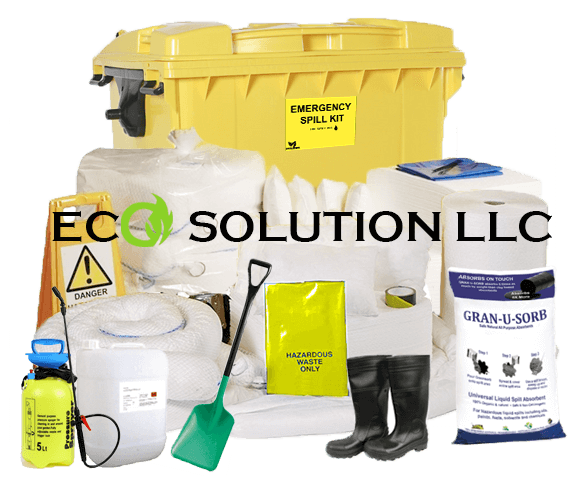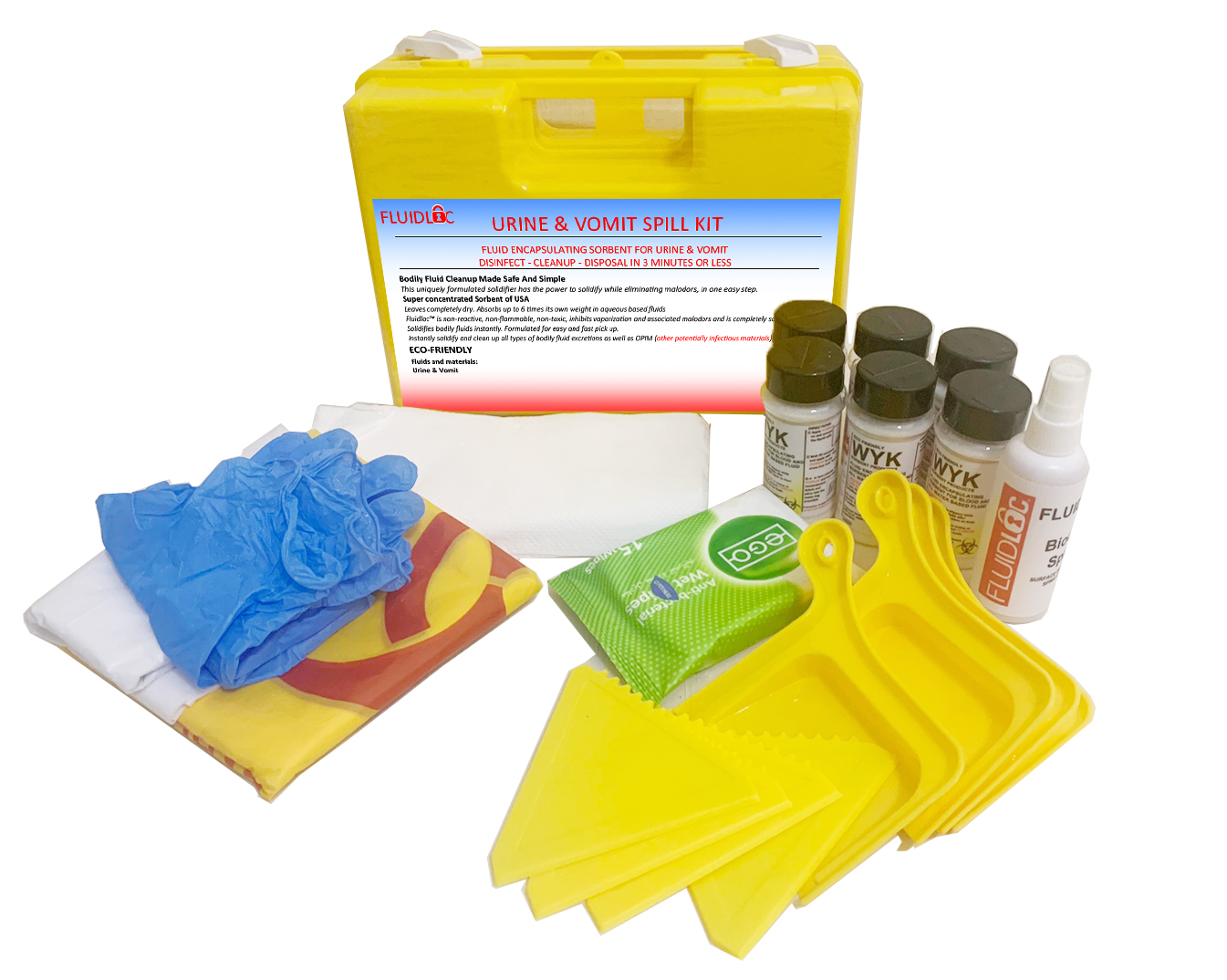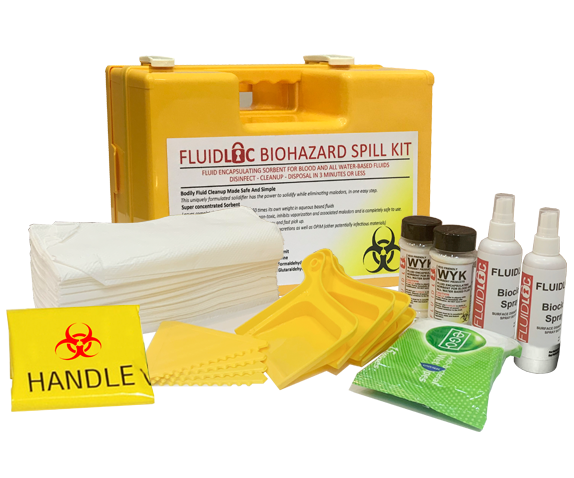
Introduction:
In the unpredictable landscape of industrial settings, the potential for spills is an ever-present concern. Whether it’s a chemical mishap, an oil leak, or a biohazard incident, having the right emergency spill kit is crucial for effective response and containment. However, choosing the right size of the spill kit is equally important. This blog post delves into the considerations and guidelines for selecting the optimal size of an emergency spill kit, ensuring that your preparedness aligns seamlessly with the unique needs of your industry.
Assessing Potential Spill Volumes:
One of the primary factors in determining the size of your emergency spill kit is assessing the potential spill volumes in your industry. Different facilities face varying degrees of risk, and understanding the maximum volume of a potential spill enables you to choose a kit with sufficient capacity.
Industry-Specific Regulations:
Regulatory standards often dictate the size and type of emergency spill kit required for compliance. Familiarize yourself with the regulations applicable to your industry to ensure that your spill response measures align with legal requirements.
Type of Substances Handled:
The nature of the substances used in your industry plays a crucial role in selecting the right spill kit size. Different materials may require different approaches to containment and cleanup. Ensure that the kit you choose is compatible with the substances commonly present in your facility.
Facility Size and Layout:
Consider the size and layout of your facility when choosing the right size of an emergency spill kit. Larger facilities may require multiple kits strategically placed in different locations for quick accessibility. Understanding your facility’s layout ensures a more efficient response.
Storage and Accessibility:
Evaluate the storage space available for your spill kit and ensure that it is easily accessible in the event of an emergency. A well-placed spill kit can significantly reduce response time and minimize the potential impact of a spill.
Customization for Specialized Risks:
Some industries face unique risks that may not be adequately addressed by standard spill kits. If your facility handles specialized materials, consider customizing your emergency spill kit to address those specific risks effectively.
Consideration of Environmental Impact:
In addition to the size, consider the environmental impact of the spill kit itself. Opt for eco-friendly options that align with your company’s sustainability goals while still meeting the necessary performance standards.
Conclusion:
Choosing the right size emergency spill kit is a critical step in enhancing the overall effectiveness of your spill response plan. By tailoring solutions to your industry’s specific needs and considering factors such as potential spill volumes, regulatory requirements, and environmental impact, you not only meet compliance standards but also ensure the safety of your workforce and the preservation of the environment. Remember, the right size of an emergency spill kit is an investment in preparedness that pays dividends in the face of unexpected challenges.



